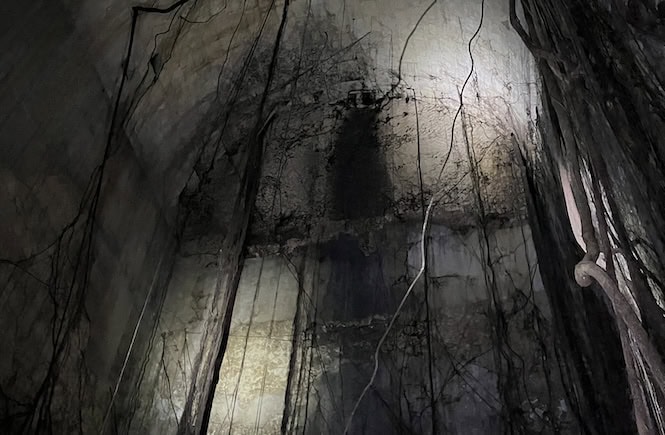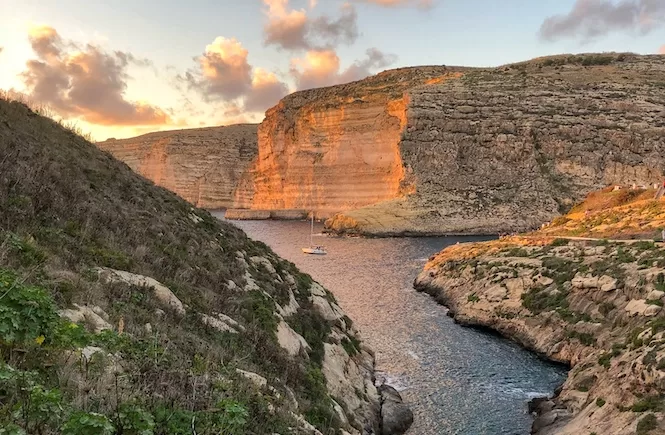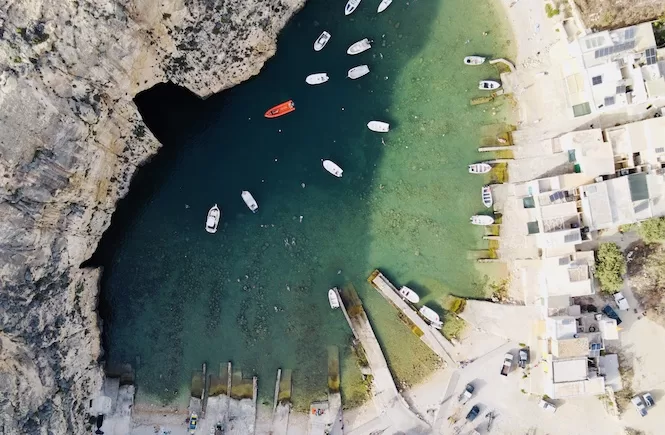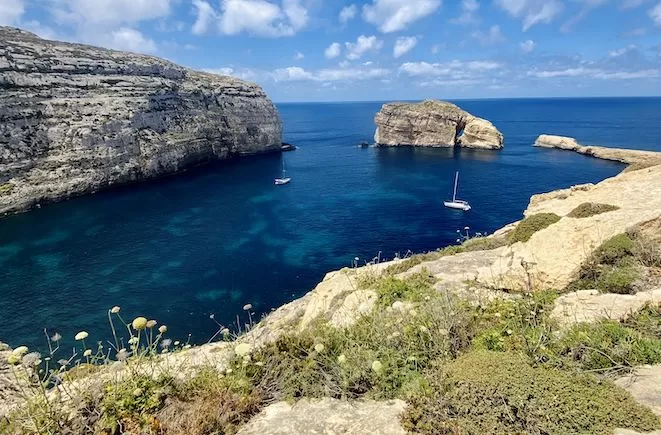Just a quick heads up – some of the links I share on this site are affiliate links. That means if you click on one and make a purchase, I may earn a small commission at no extra cost to you. Your support through these links helps me create valuable content.
Have you ever wondered what lies beneath the streets of Valletta? Since I moved to Malta in 2011, I have been fascinated by the idea of an underground city hidden below the Maltese capital.
Living in Malta has been an incredible experience. Every day, I learn something new about its rich history and culture. The more I discover, the more I want to explore.
Luckily, some of these underground sites are now open to the public. When I first heard about this, I knew I had to visit them.
Join me in discovering underground Valletta. This guide has historical background on these hidden gems. It also has practical info about guided tours.
6 Reason Why You Should Visit Underground Valletta
- Learn about Valletta’s history
Underground Valletta is a big part of the city’s history. You can learn how Valletta was built during the time of the Knights of Malta. You can also see how people lived in the tunnels during World War II.
- Explore different underground spaces
There are many interesting things to see underground. You’ll find water cisterns, tunnels, and war shelters. Some spaces are even overgrown with plants. It’s a little spooky.
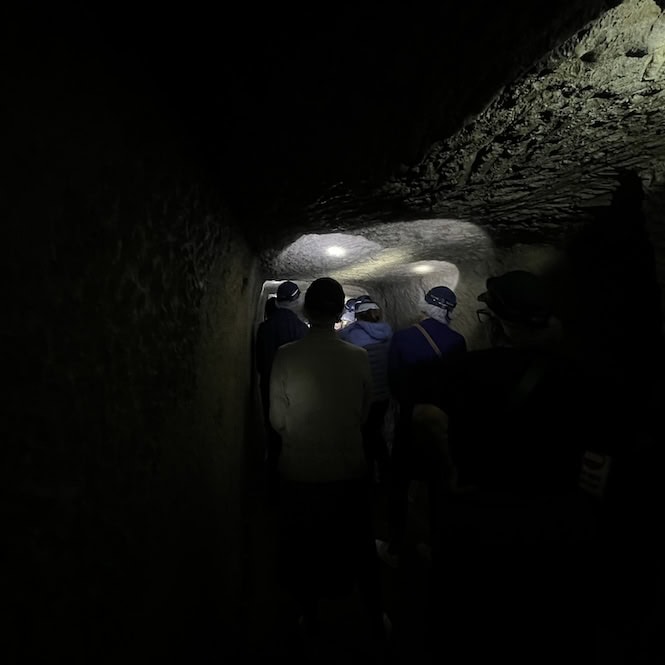
- Escape the heat and crowds
Malta can get very hot and busy, especially in summer. Going underground is a great way to cool off and get away from the noise. You’ll feel like you’re in a whole different world.
- Discover wartime life
During World War II, many families in Valletta lived in small shelters underground. You can still see some of the beds they used. Imagine what it was like for them, hiding from the bombs above.
- See unique decorations
The people who lived in the shelters tried to make them feel more like home. They put tiles on the floors and painted the walls. It’s interesting to see how they decorated their temporary homes.
- Have a mysterious adventure
Visiting Underground Valletta is like going on a mysterious adventure. The dark tunnels and echoing chambers make you feel like an explorer discovering secret places most people never see.
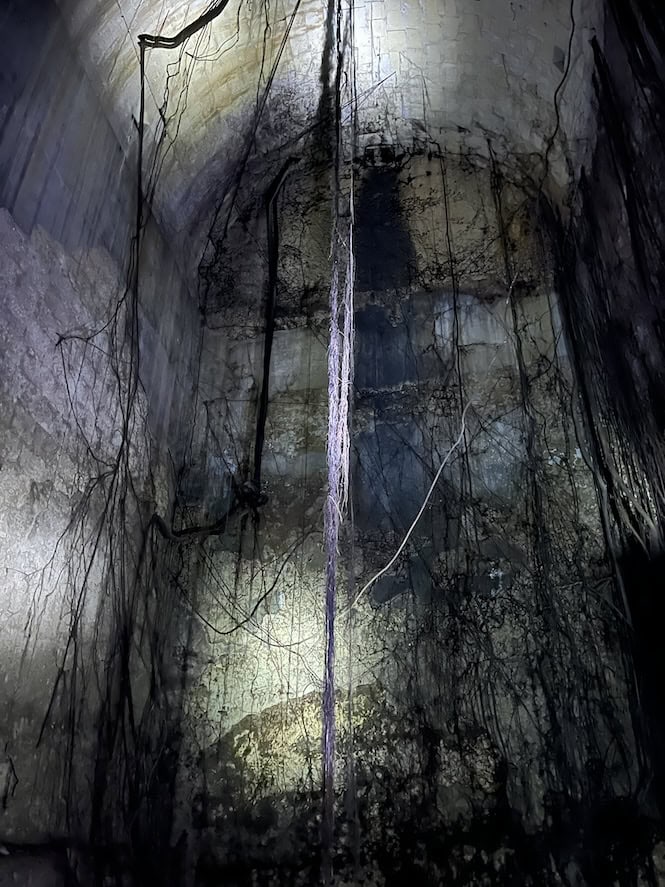
How the Knights Built Valletta’s Underground
When the Knights started building Valletta in 1566, they faced a problem. The city was on a peninsula with no natural springs. They needed a way to store lots of water, especially in case of a siege.
The solution? Carve out huge water tanks underground. The Knights used the limestone they dug up to build the city above.
The Underground Valletta complex includes several bell-shaped water cisterns. There’s also a massive reservoir that could hold over 3.6 million liters of water. That’s enough to fill more than 50,000 bathtubs.
The Knights made strict rules about water management. Every house had to have its own cistern to collect rainwater. They also had to have a separate tank for dirty water and waste. The goal was to keep the drinking water clean.
During the tour you will see some of the biggest reservoirs. You’ll be amazed by the size and the skill it took to create it.
If you want to understand Malta’s history well, take a walking tour in Valletta. Look at my guide for the best Valletta walking tours.
Valletta’s Underground Shelters during WWII
During World War II, Valletta’s underground became a life-saver. With bombs hitting Malta, people sought shelter in the tunnels below.
At the war’s start, people connected spaces such as cisterns and tunnels to make a network of shelters. They also created multiple entrances. These were critical because the narrow streets risked being blocked by rubble from bombed buildings.

To dig the shelters, people used simple tools like pickaxes and shovels. The tunnels followed the same paths as the streets above, with names painted at intersections.
Living in shelters was tough. They were dark, damp, and crowded. However, people adapted. They used metal brackets to keep belongings off the wet floor.
Drawings of fighter planes on the walls reflect people’s interest in aerial battles. You can still see these drawings in the tunnels on the tour.
Today, walking through these tunnels, you can still see traces of those tough times. Bits of traditional Maltese tiles add colour to the cubicles.
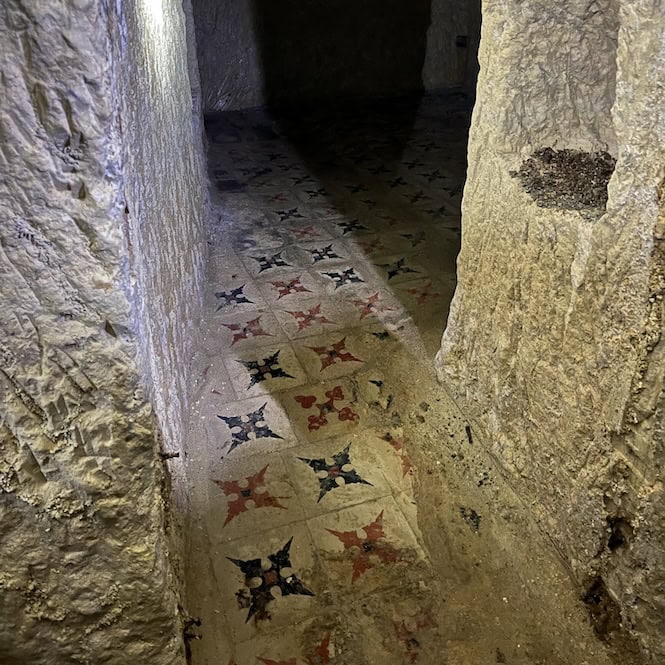
You can also see prayer niches and religious figurines on shelter entrances. These are believed to ward off harm. This tradition endures among Maltese people today. As you walk, you’ll spot houses with statues of Saint Mary or Jesus adorned next to the doors.
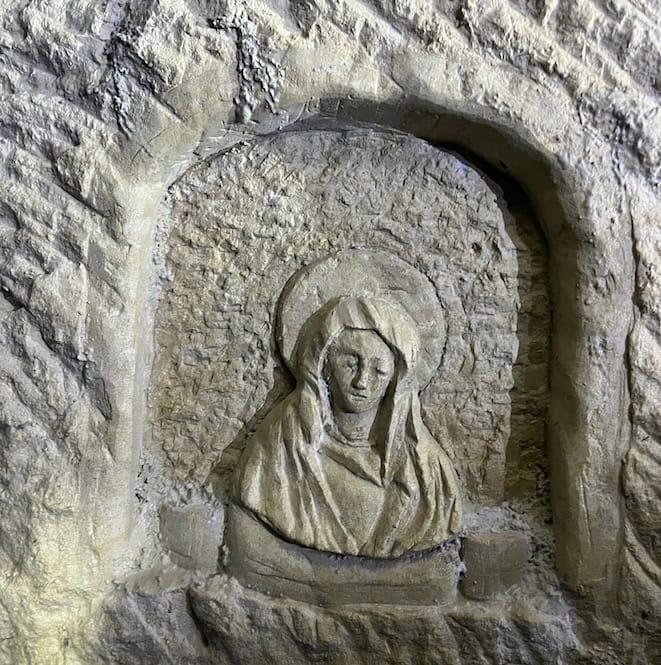
Visiting the shelters is a powerful experience. It gives you a glimpse into the lives of those who endured some of the most intense bombardments of the war.
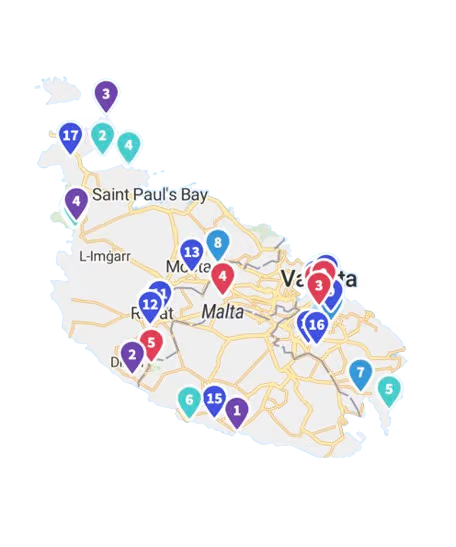
Get a FREE Attractions Map
Planning a trip to Malta, Gozo, or Comino? Get this free interactive map filled with insider tips, Google Maps links, and more.
Visiting Underground Valletta
You need to join a tour to see Underground Valletta. You can buy tickets online or at the museum.
The meeting point is at MUŻA, the Malta National Community Art Museum. The guide will give you a helmet with a headlight. Then, you’ll walk towards St. John’s Cathedral. There is a small gated entrance to the underground tunnels.
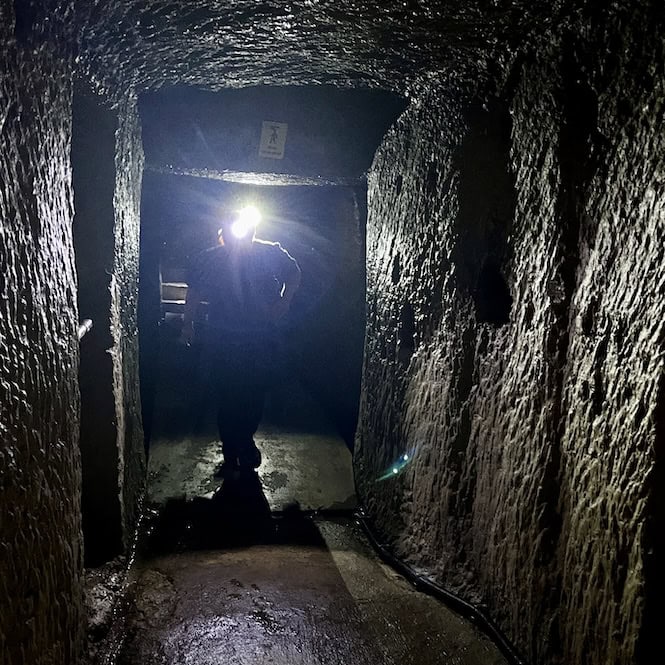
The guide I had was great. He knew a lot and made the stories fun. He asked us questions and tried to get to know us.
At the entrance, you’ll see drawings on the walls. The guide will tell you what they mean.
Then, you’ll walk down steps into the dark tunnels. That’s why you need your helmet and headlamp. It’s actually cool to see the light from everyone’s headlamps in the dark.
You’ll stop at small rooms that were shelters in World War II. The guide will show you old artefacts. Some rooms have traditional Maltese tiles. Some even have furniture still.
Make sure to wear sturdy shoes because the ground might be slippery. Avoid flip-flops, sandals, or high heels. Also, walk slowly because the ground is wet and water is dripping there.
The tour is about an hour. At the end, there’s a short video (less than 10 minutes) about life in World War II.
Tours are organised on Mondays, Wednesdays, and Sundays. They start every hour from 10 am to 1 pm.
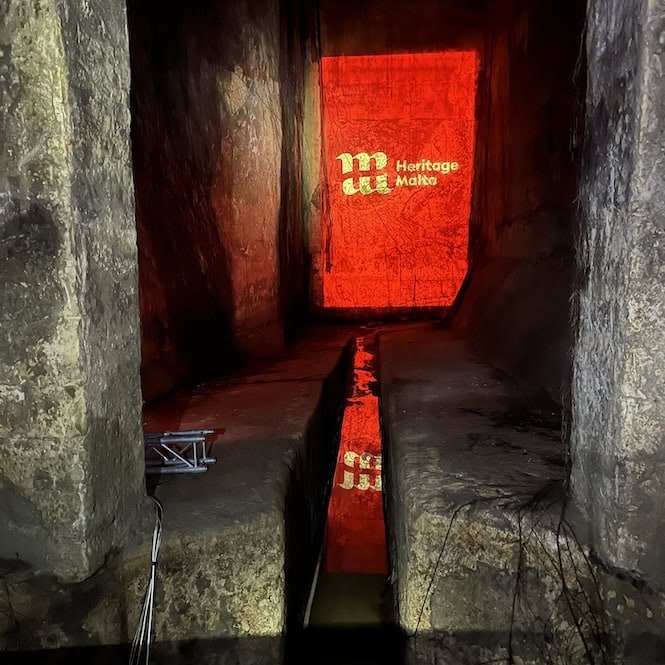
Join my FREE private Facebook group, Malta Travel Tips, where you’ll find helpful resources and connect with other travellers just like you!
Underground Valletta: FAQ
Is the Valletta underground site accessible?
The underground site is not accessible to wheelchairs and persons needing walking aids.
Where does the Underground tour start?
The tour starts at MUŻA, the Malta National Community Art Museum in Valletta. Visitors are required to meet at the museum 30 minutes before their scheduled tour time.
How long is the Underground Valletta tour?
The Underground Valletta tour lasts about an hour, not including the short film shown at the end of the tour.
Are there any age restrictions?
Yes, for safety reasons, children under 6 years of age are not admitted to Underground Valletta. Children between 6 and 11 years old must be accompanied by an adult.
Is photography allowed?
Yes, photography is allowed inside the underground sites. However, avoid using flash.
I hope this guide has made you excited to visit Underground Valletta. Trust me, it’s an interesting experience. And while you’re in Malta, don’t miss out on the other amazing historical sites.
Check out my other guides for more tips and info. I’ve got articles on Malta’s top historical places, UNESCO World Heritage Sites, the Three Cities, Valletta’s must-see spots, the Ta’ Bistra Catacombs, and the incredible Ħal Saflieni Hypogeum.

